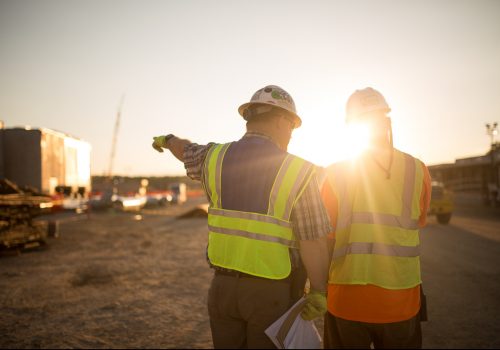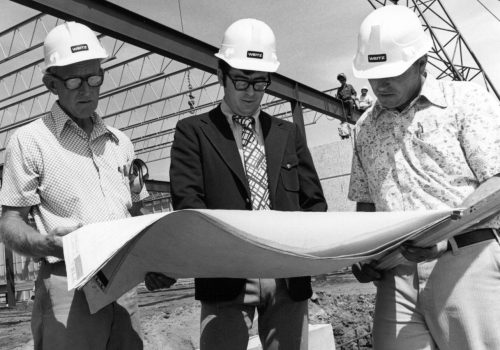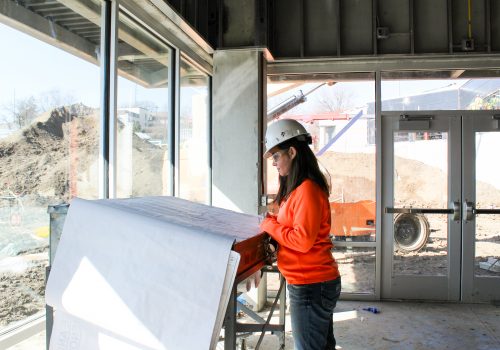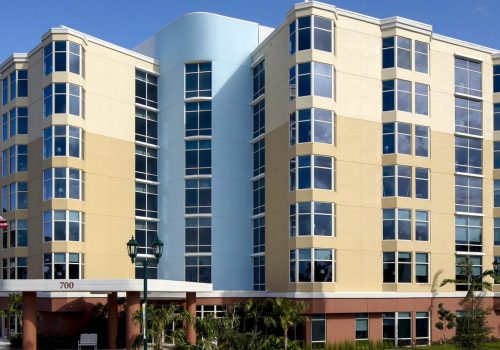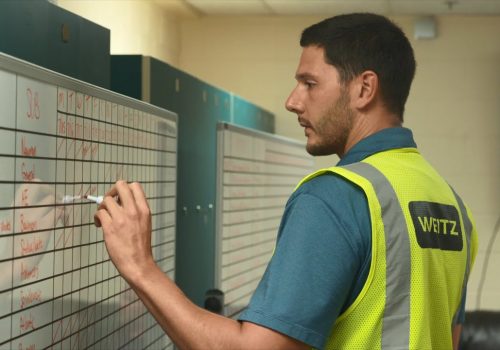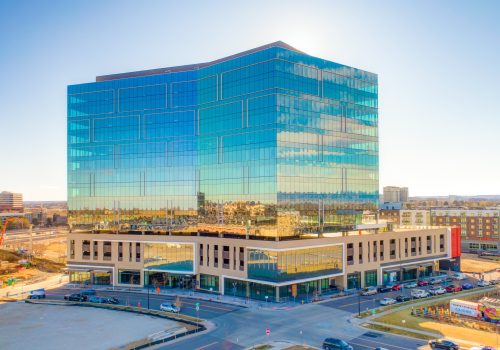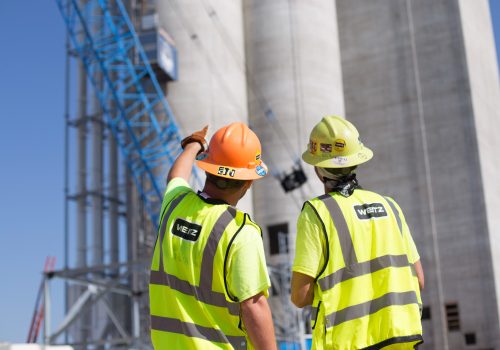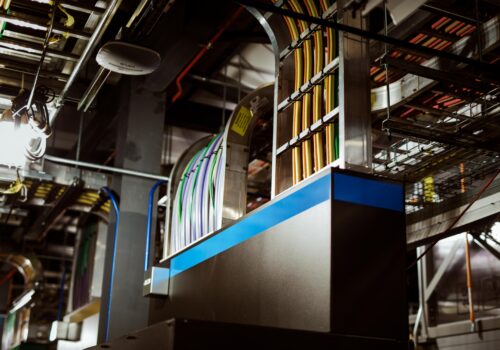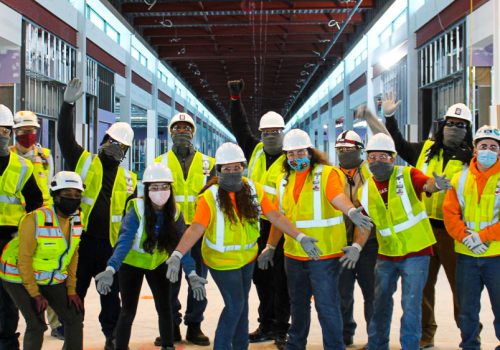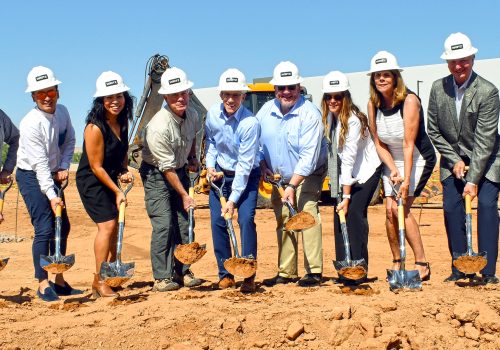Five Factors for Successful Historic Renovations
By Mike Cooper, The Weitz Company Senior Project Manager, LEED AP
Modern architecture and construction have evolved in the past 15-20 years to the point buildings all across the world are becoming art forms and models of sustainability. Factors such as employee morale and productivity, energy efficiency and technology are driving design and infrastructure decisions throughout the A/E/C industry.
While new building construction more often than not brings extreme intrigue, there is still an intense nostalgia for historic renovation projects. For many developers, hospitality venues and community organizations, restoring a cherished part of history and maintaining their roots are critical to their end-users and the long-term visions they have to satisfy them.
How do you know if performing a historic renovation is the right decision?
Upgrading an existing building that (in most cases) was originally constructed 75-plus years ago has to be approached methodically, especially if the structure is a landmark venue, nationally registered or had been left vacant and damaged. Below are five key steps to take when modernizing and restoring the brilliance of a treasured past.
Focus on the GoalsBefore the project starts it’s important to embrace the owner’s goals during the build and after completion, which requires an understanding of the cultural, environmental and economic benefits of a historic renovation versus starting over and creating a new building. Once the owner’s goals are established, you’ll need to create a plan to ensure you are able to safely and successfully meet them. Primary questions Weitz always asks its clients to help uncover its goals include:
- Is it important to preserve all original aspects of the building?
- Will historical funding sources be pursued and utilized?
- Is the structure on any historical registries and what needs to be maintained to protect its status?
- What “historical elements” do we work to save, rehabilitate, etc.?
Adding historic elements to the project creates additional, unique concerns that will need to be addressed early during the design phase. Bringing the construction manager or general contractor onto the job early provides more time to research and understand the project, creating a much-needed differentiator in this segment of renovation. The same is true for architecture, engineering and consulting firms that have experience protecting the integrity of a building and seeking grants, tax credits or other financial resources.
Align Schedules with Financing RequirementsIt’s vital for everyone involved in the many aspects of financing a historic renovation to keep completion date requirements for grants, tax credits and other financial aids at the forefront of their planning schedules. Missing those important dates could lead to a fatal setback for the project, depending on the size of the renovation and the financing needed. Having those conversations with stakeholders and understanding the requirements for project financing is a key meeting that needs to happen early in the design phase.
How Much Technology?Breathing new life into weathered structures is not limited to the building façade. Advancements in technology and the emergence of Generation Z in the marketplace are pushing historic renovations to seamlessly merge a connected environment. This ranges from reliable, high-speed Wi-Fi to individually controlled, in-room smart devices and everything in between to ensure personal preferences are fulfilled. How far owners are willing to go to satisfy end-users is a critical assessment to ensure expectations are met all around.
Budget for ContingenciesA historic renovation can provide cost savings through the structure, skin, interiors and additional aspects already being in place.However, due to the elevated likelihood of unforeseen conditions, a renovation adds the risk of being less predictable. A comprehensive historic restoration utilizing original building materials and techniques can add to the cost as opposed to implementing modern building methods to obtain similar results. Therefore, it’s important to budget for the unexpected and potential cost overruns to match desired historical features.
About the AuthorMike Cooper has worked 21 of his 22 years in the construction industry with The Weitz Company. He has a keen understanding of what it takes to build a successful project and the skills to make it happen. Mike recently completed the Wilkins Building and its historic Tea Room – an iconic legacy in Des Moines, Iowa, that opened in 1925 and went through a $26 million renovation after a fire in 2015 made the location almost unsalvageable.
